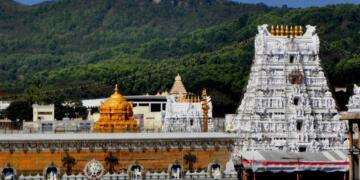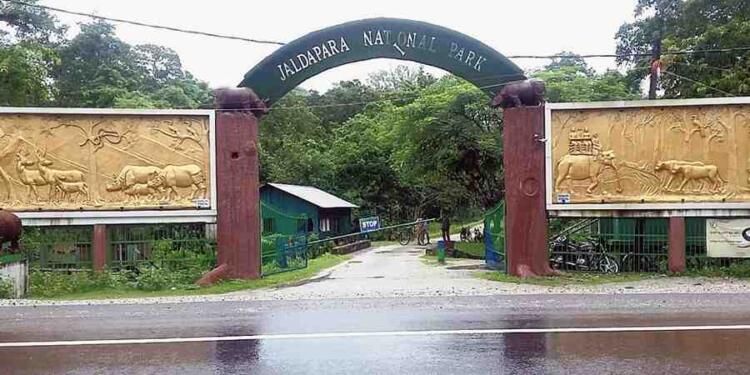For many nature enthusiasts and wildlife lovers, visiting national parks like Jim Corbett or Ranthambore is a dream. These parks are teeming with tigers, leopards, and other iconic species, but if you’re planning a visit during the monsoon season, there are some key things you need to know. While the monsoon revitalizes these forests, some of India’s most famous national parks close certain areas for a variety of important reasons. But don’t worry if you’re looking to experience the wildlife in its most natural, rain-soaked setting, there are still parks that remain open.
The Reasons Behind Seasonal Closures in National Parks
During the monsoon, many parks across the country shut parts of their territory to promote safety, conserve nature, and protect wildlife during this critical time.
Ensuring Safety
Monsoon rains can make the trails slippery and increase the risk of flooding and landslides in the hilly areas of national parks. This makes it dangerous for both tourists and park staff, prompting the closure of the core zones. By limiting access, the parks prioritize the safety of visitors.
Supporting Wildlife Breeding
The rainy season is essential for many species’ breeding cycles, particularly tigers, elephants, and other wildlife. This period is vital for mating, nesting, and raising young in peaceful, undisturbed environments. Reducing human interference during this time is crucial to maintaining the health and safety of these animals.
Promoting Forest Regeneration
Monsoon rains also help forests regenerate by providing the necessary moisture for vegetation to thrive. By closing certain areas to tourists, the parks give nature a chance to recover and restore its balance. These seasonal breaks also ensure that the ecosystems within the parks remain healthy and sustainable.
5 Parks in India That Remain Open During the Monsoon
Although some areas of national parks close during the monsoon season, there are still plenty of options for those who want to experience the wilderness at its greenest and most vibrant. Here are five parks that stay open:
Bandhavgarh National Park, Madhya Pradesh
While Bandhavgarh’s core zones are closed for the monsoon, the park’s buffer zones remain accessible. These areas, which are drenched in lush green foliage during the rains, offer a unique opportunity to spot animals like leopards, sloth bears, and wild dogs.Ranthambore National Park, Rajasthan
Ranthambore remains one of India’s premier wildlife destinations, and despite the monsoon, zones 6, 7, 8, 9, and 10 remain open year-round. These areas, which are home to several tigers, offer a chance to see these majestic creatures in their natural, rain-soaked habitat.Valley of Flowers, Uttarakhand
The Valley of Flowers, a UNESCO World Heritage site, opens in June and is especially stunning during the monsoon. With over 600 species of flowers blooming after the rains, including orchids and poppies, it becomes a botanical paradise.Jim Corbett National Park, Uttarakhand
Although the core zones of Jim Corbett are closed for safety during the rainy season, the Jhirna and Sitabani Buffer Zones remain open. These areas are lush and green during the monsoon, providing a perfect backdrop for spotting wildlife like deer, wild boar, and antelope.Periyar National Park, Kerala
Located on the shores of Periyar Lake, this park remains open throughout the monsoon season. Its vibrant landscapes make it a must-see, with herds of elephants and other animals enjoying the cool, rainy weather.
Why Monsoon is a Unique Time for Wildlife Adventures
While some parks shut their core areas during the monsoon for valid ecological and safety reasons, this season offers a fresh way to connect with nature. The absence of large crowds combined with the lush landscapes and rejuvenated ecosystems creates a unique opportunity for wildlife lovers. Monsoon safaris allow you to experience the parks in a completely different light, often with the added bonus of spotting animals in a quieter, less disturbed environment.
If you’re considering a trip to India’s national parks during the rainy season, you can still enjoy the wildlife and natural beauty that the monsoon brings. So grab your raincoat and camera, and explore the wild in its most natural and vibrant form!































